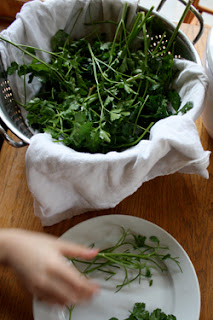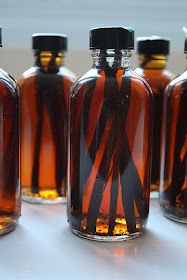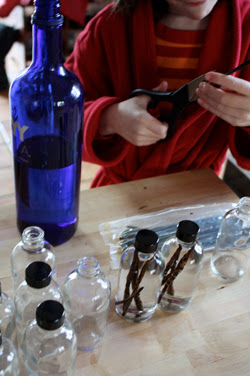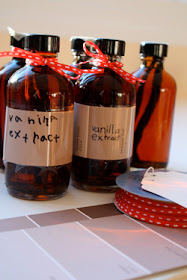And then there's Hanukkah: Michael's grandmother's menorah,
lit with great sentiment and ceremony--and only slight fumbling over the
prayers and their difficult tune--every night. I just looked it up on Wikipedia
to read that "the Festival of Lights, is an eight-day Jewish holiday
commemorating the rededication of the Holy Temple in Jerusalem at the time of
the Maccabean
Revolt of the 2nd century
BCE." Oh! I always explain it to the kids as a kind of
loaves-and-fishes situation: a day's worth of oil burns for eight; through
faith and gratitude, something expands to become enough. That so perfectly
describes how I want to live that it takes my breath away. An attitude of
abundance. The miracle of gratitude.
And yes, I'm perfectly happy to sit in the candle-lit house
of our friends, who've recently become pig farmers, and eat latkes fried in
lard. Because this is part of our belief too: not just pig fat (which could be
a religion unto itself), but the spirit of resourcefulness, an absence of
waste, food shared in happy community with ceremony and warmth and absurdity
and laughter.
But that's not the recipe I'm giving you. Not just because
the treyf quotient is detonatingly high (even my late atheist grandmother had
to be cringing a little over the "lardkes," as we called them), but
also because, well, canola oil is really a more practical option. I also make a
mess-free and greaseless oven-baked potato-pancake recipe, but it's wrong to
make them that way when what we're celebrating is oil--it feels too much like
fretting about the carbs in your Eucharist wafer.
Make these, even if you're not Jewish, and eat them in quiet
appreciation of their deliciousness or accompanied by the Hanukkah story of
magic oil, of spiritual illumination, of the light of human kindness shining
through these dark and holy nights.
Latkes
serves 4 as a meal, 8 as appetizers
Total time: 45 minutes
These are crispy and tender and salty and delicious. A pinch
of baking soda keeps the potatoes from turning their creepy blue-grey color;
whirring the batter in the blender makes it smooth enough to spread thin and
cook through quickly; small pancakes maximize crisp edges.
3 fist-size baking potatoes or Yukon golds, peeled (enough
to make 3 cups grated)
1/2 a small onion
2 eggs, lightly beaten
1/4 cup flour
1/8 teaspoon baking soda
1 teaspoon kosher salt (or half as much table salt)
1/2 cup (or so) vegetable oil
Sour cream and applesauce for serving
Grate the potatoes and onion: I do this with the grating
disk of my food processor, but it's fine to do it on the large holes of a
hand-held grater. Stir in the eggs, flour, baking soda, and salt, then pulse
the mixture briefly in the food processor, now fitted with the steel blade. If
you didn't use the food processor to begin with, then your potatoes were
probably more mushily grated (in a good way), and you can skip this step--or
else whir the mixture briefly in a blender.
Heat 1/4 cup of the oil in a large, non-stick frying pan
over medium-high heat, then drop in heaping teaspoons of the batter and flatten
them a bit with the back of the spoon. Fry the latkes until they're nicely
browned, then flip them and fry another 2 minutes until the undersides are
browned too. Drain them on a paper-towel-covered wire rack and, if absolutely
necessary, keep them warm (sans paper towel) in a 250 oven until they're all
fried. But it's really better just to take turns frying and eat them while
they're fresh and hot. Sprinkle with salt, and serve with sour cream and
applesauce.
Bonus Applesauce Recipe
I make applesauce two different ways: if I'm lazy, I just
chop up the apples, cores skins and all, and cook them until their tender, then
put them through a food mill to fish out the skins and seeds and make a smooth
sauce; if I peel and core them first, then I leave the sauce chunky.
Apples (I used 6)
Water
Maple Syrup (I used around 3 tablespoons)
Chop the apples and add them to a medium-sized pot with a
splash of water. Simmer them on low heat, covered, stirring occasionally, until
they are tender (from 15-30 minutes), then stir in maple syrup to taste, and
put the sauce through a food mill (or don't).











































